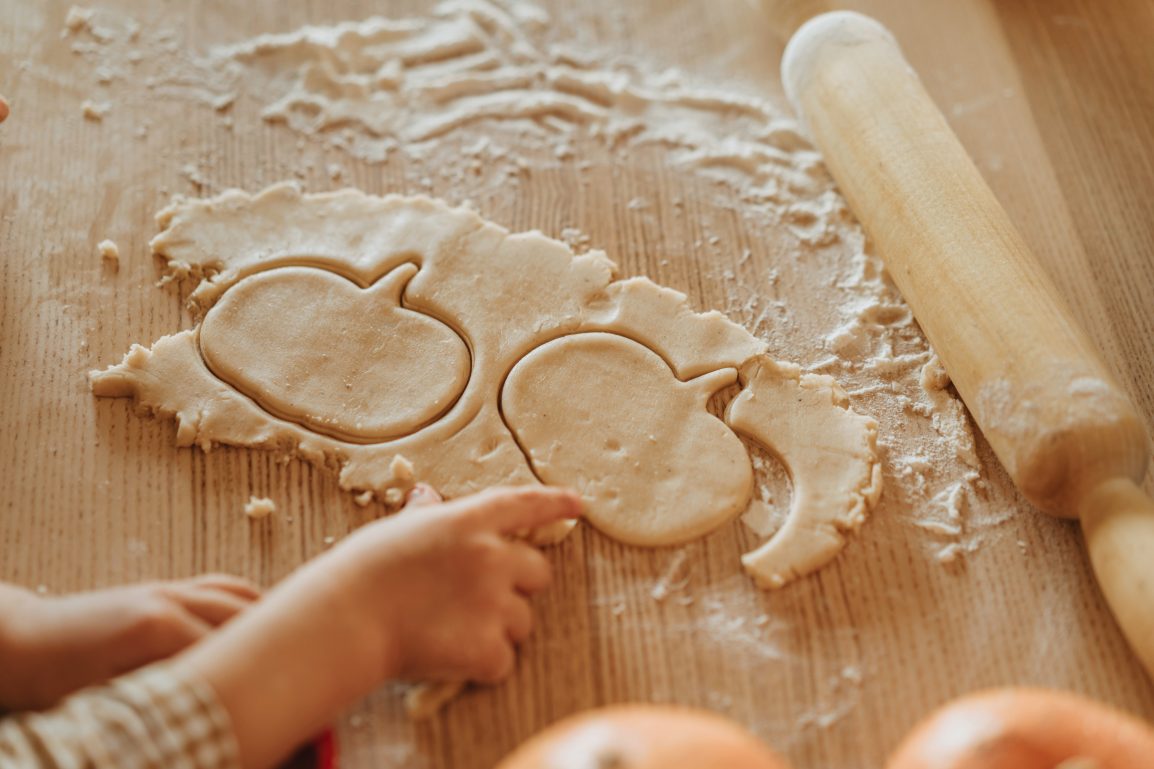Emily Bach is a regular staff writer with Girl Spring from Washington, DC.
As the leaves begin finish falling and the temperatures continue to drop, thanksgiving feels as if it’s right around the corner. For some of us, the holiday feels like a convenient excuse to visit our relatives and eat warm pumpkin pie, but in other regions and cultures celebrations can look wildly different.
1. Mid-Autumn Festival
Rooted in Chinese tradition, the Mid-Autumn Festival typically falls in late September, or the 8th month of the lunar calendar. The holiday celebrates the end of the autumn harvest, and is believed to be the day with the brightest shining moon in the lunar year. It’s most widely recognized for its enormous celebrations and mooncakes, which are traditional pastries reserved for the festival. The tradition has since been adapted to other Asian cultures, most notably in Japan and Vietnam. As explained by 15-year-old Morgan Pham, “The Mid-Autumn Festival is a cultural event that holds a special place in my heart. As a minority in this country, traditions that are from Vietnam are hardly noticeable here. Because we live in the US, we basically only get to experience American holidays. Being able to visit family and see that we aren’t alone while celebrating it makes us feel closer to home, especially at a time in this world when foreign ideas or cultures aren’t always welcomed with open arms.”
2. Erntedankfest
Traditional to Germany, this festival feels very similar in purpose to American ones. It’s most notably recognized for its grand parades, complete with dancing, crops and music. The celebration begins in a church until it ultimately moves to the streets where the majority of the festivities take place. As a German American, I asked my parents about the significance of the celebration in their lives as children. My mother explained, “Since I largely grew up in America, the presence of the celebration wasn’t as prominent as it would have been in Germany, but we still made an effort every year to recognize it. Sometimes my mom would cook a more authentic meal, other times we would just listen to the music. It wasn’t ever really a true celebration, but it made us all feel a little closer to our roots, which I think in the end is what holidays are meant for anyways.”
3. l’Action de grâce
Celebrated by Canadians, the traditional American version of Thanksgiving seems to be one existing in other countries as well. Their holiday began in 1578, when English explorer Martin Frobisher gave thanks for his fleet’s safe travels. Since, it’s celebrated very similarly to ones recognizable in America, and consists of large turkey feasts, accompanied by stuffing, mashed potatoes and cord. It makes sense that the holiday would be so similar, given l’Action de grâce directly translates to, “Thanksgiving”. As explained by former Canadian resident and 16-year-old, Shritha Mandava, “the celebrations in Canada are largely similar to those in America, except that they tend to be a little bit scaled down and consist of some miscellaneous french terms. They’re also less shopping focused, and for obvious reasons celebrate different things.”

